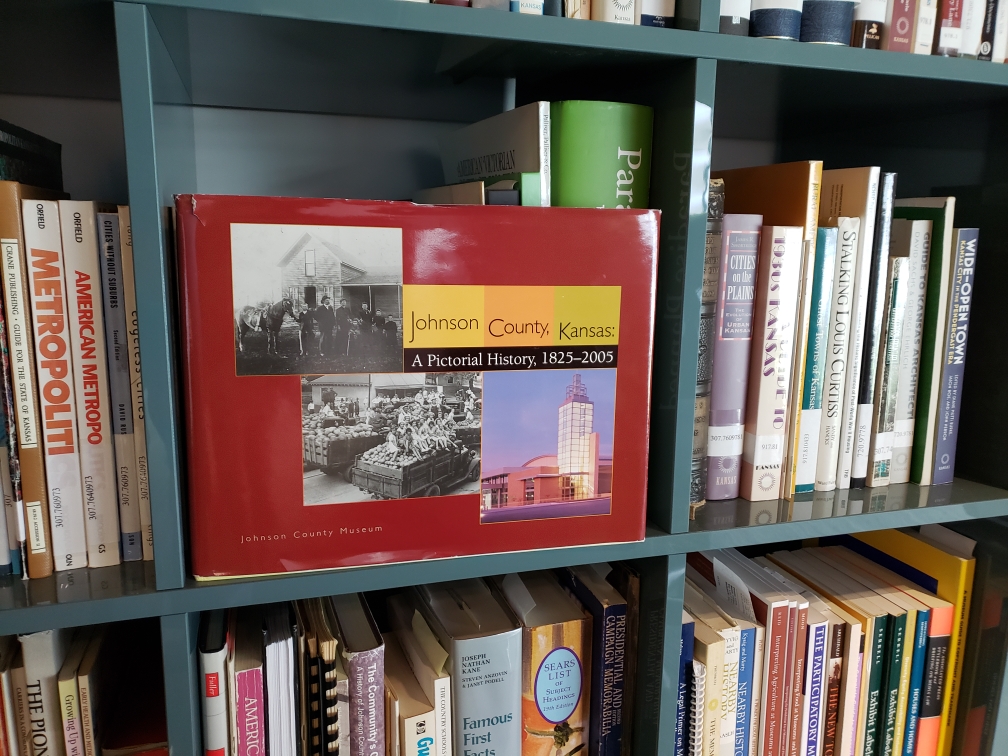Recommended Reading List for Local History
Want to know more about the history of this region? Here is a short recommended reading list from the Johnson County Museum’s curator of interpretation, Andrew Gustafson. From the Border War to the postwar suburbs, these books will give you a deeper look at how Johnson County and the Kansas Cities developed.
A Pictorial History of Johnson County, Kansas by Johnson County Museum (2006)
This book is an excellent overview of Johnson County’s history, from prehistory through the early 2000s. If you want to get a sense of the place, the people, and the episodes of history that shaped Johnson County, this is a great place to start. Plus, you can pick it up in the newly expanded Johnson County Museum Store!
Bleeding Kansas, Bleeding Missouri (2013)
When Johnson County was established in 1855, it was already embroiled in controversy. The Border War, a precursor to the U.S. Civil War, was raging. This book will help you understand the struggle for freedom happening across the Johnson County landscape in this era.
Wide-Open Town: Kansas City in the Pendergast Era (2018)
One of the four main humanities themes in the “Becoming Johnson County” exhibit at the Johnson County Museum is regionalism (the other three are land, policy, and people). Without Kansas City, Johnson County would not be what it is today, and the reverse is true too. Take a dive into one of the formative eras in Kansas City’s history with this incredible book. Follow up with the corresponding website for more photos, historical essays, and resources: pendergastkc.org.
Crabgrass Frontier by Kenneth T. Jackson (1985)
This book, while older, was foundational for the study of the history of suburbs. How and why did suburbs develop? From early trolley developments through postwar suburbia, this book explains the movement of people out of America’s cities and into the surrounding countryside.
The Color of Law by Richard Rothstein (2017)
As a follow up to Kenneth Jackson’s book about developing the suburbs, this book details the reasons why not everyone was able to move there. An exploration of segregation, federal policy, and continuing struggles for access to homeownership. You can pick this one up in the Johnson County Museum Store, too.




